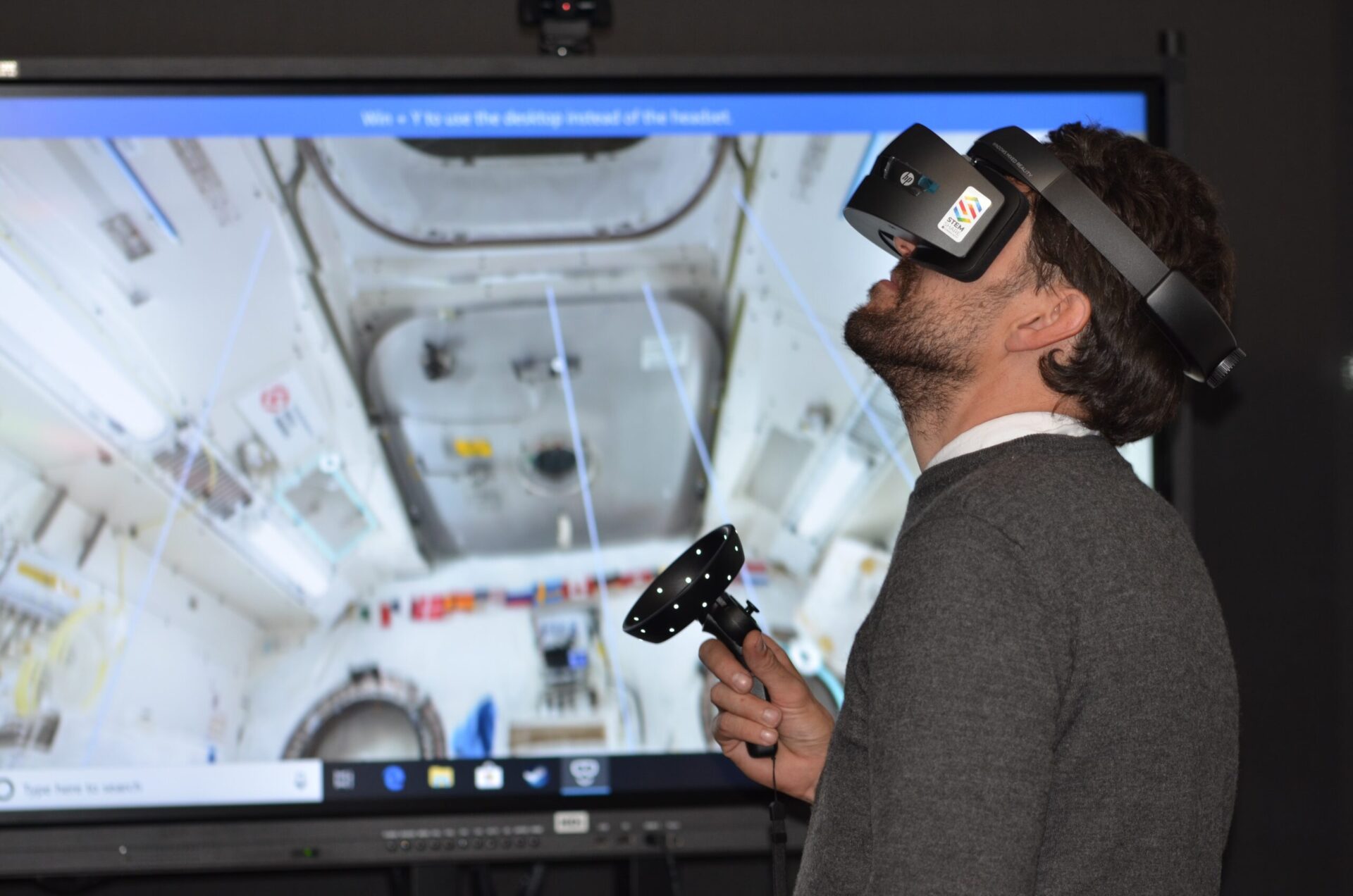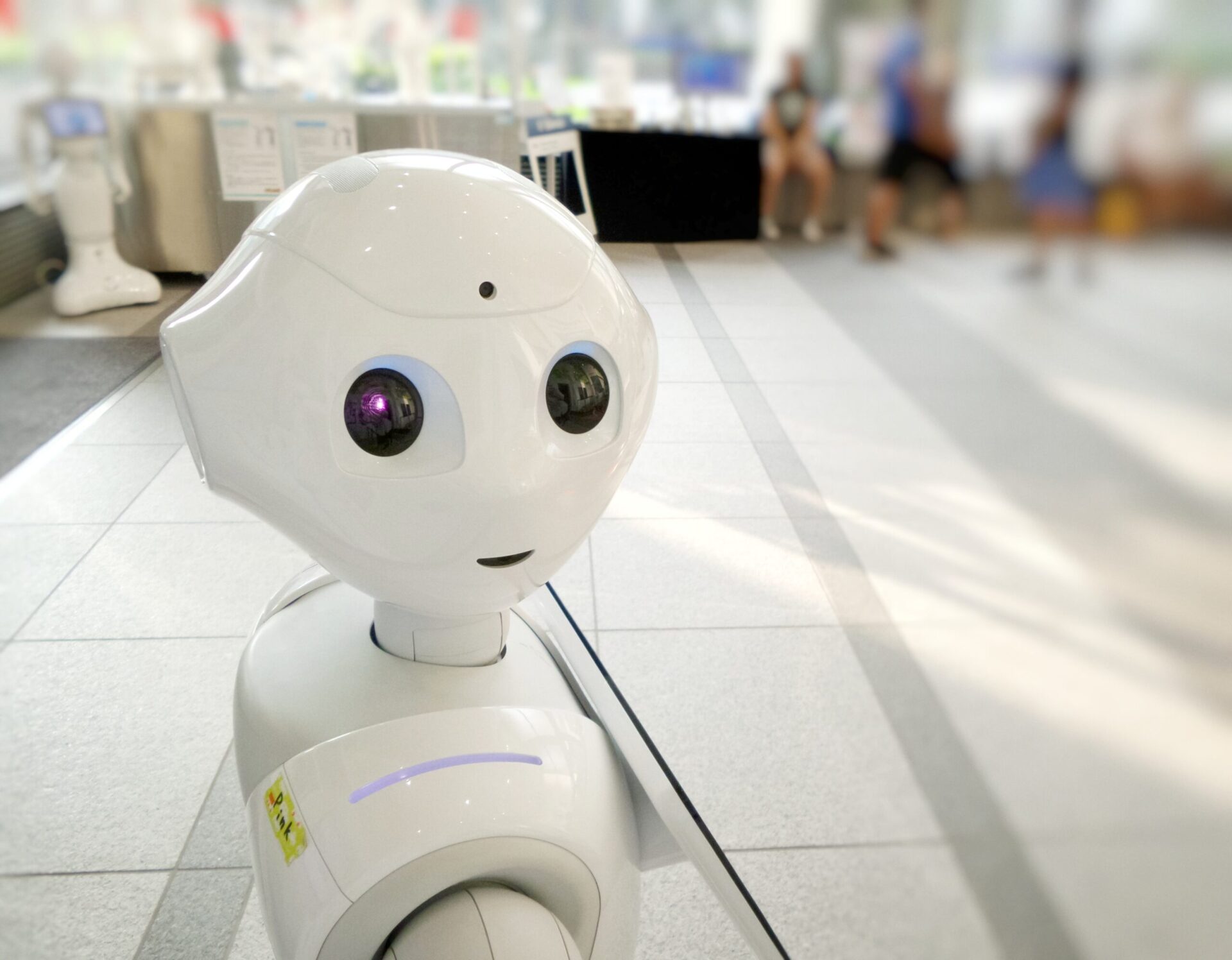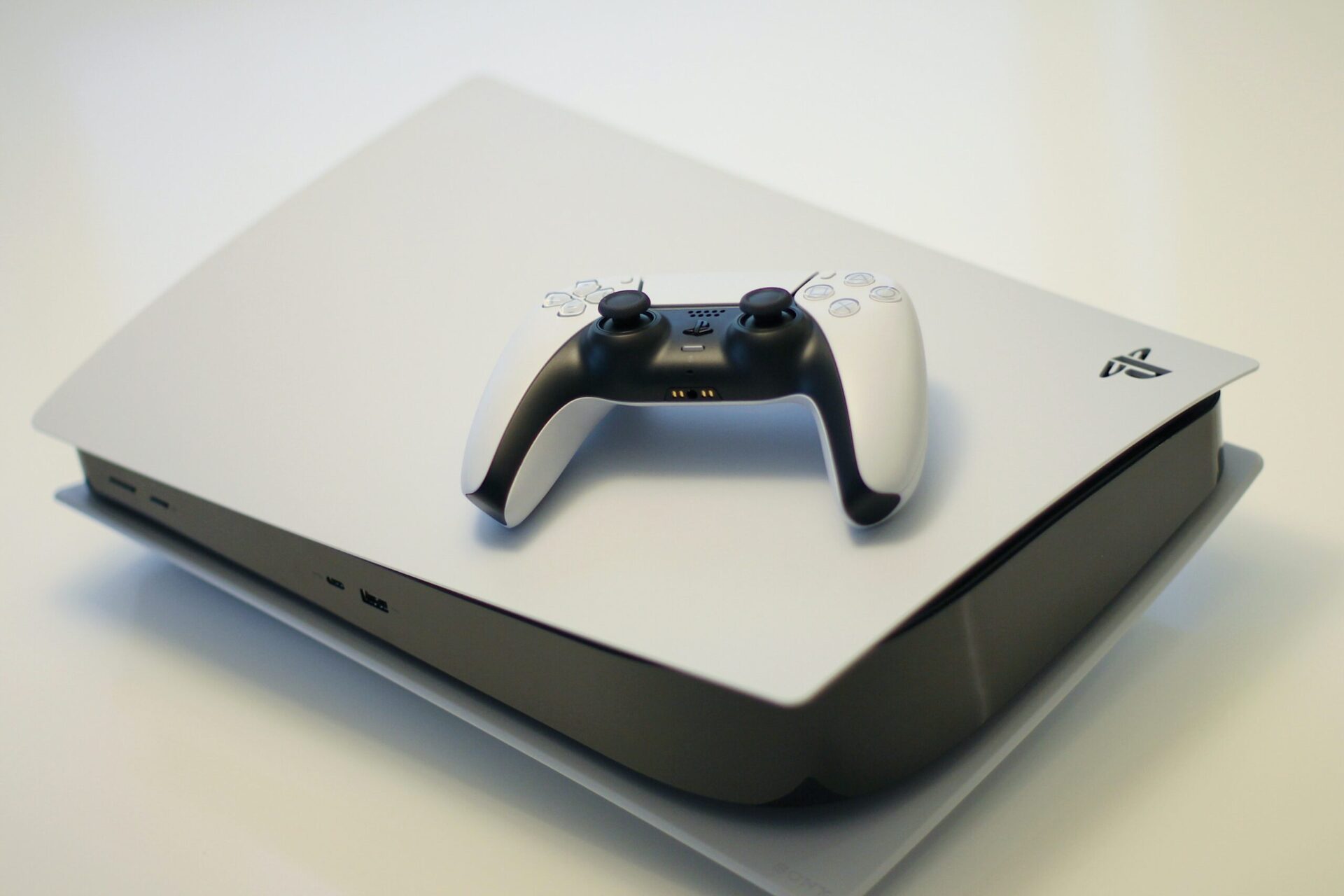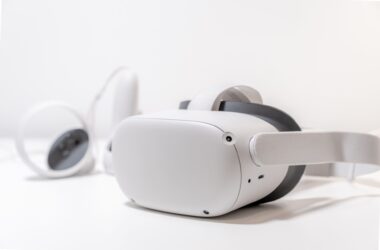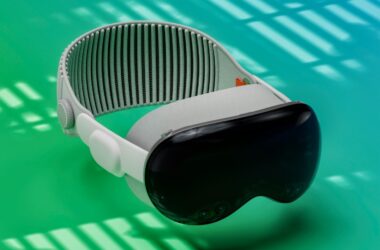In recent years, technology has rapidly advanced, transforming the way we interact with the world around us. One of the most exciting developments in this realm is Extended Reality (XR) technology. You might have heard the term XR being thrown around, but what exactly does it mean? In this article, we’ll delve into the fascinating world of Extended Reality and provide a simple explanation for anyone curious about this revolutionary technology.
Understanding Extended Reality (XR)
Extended Reality, often abbreviated as XR, is an umbrella term encompassing various technologies that blend the physical and digital worlds to create immersive and interactive experiences. XR incorporates three main components: Virtual Reality (VR), Augmented Reality (AR), and Mixed Reality (MR).
Virtual Reality (VR)
Virtual Reality involves creating a simulated environment that completely immerses the user in a virtual world, shutting out the physical surroundings. This is usually achieved by wearing a VR headset that displays images, videos, or 3D environments to the user, while also tracking their movements for a more interactive experience. VR enables users to explore artificial worlds and engage in activities that would otherwise be impossible or difficult to access.
Augmented Reality (AR)
Augmented Reality, on the other hand, enhances the real world by overlaying digital content onto the physical environment. AR technology uses cameras, sensors, and displays in devices like smartphones or smart glasses to superimpose computer-generated images, videos, or information onto the user’s view of the real world. AR allows users to interact with virtual objects or receive contextual information while still being aware of their actual surroundings.
Mixed Reality (MR)
Mixed Reality combines elements of both VR and AR. It integrates virtual objects into the real world and enables users to interact with them in a more natural and immersive manner. MR devices use advanced sensors and cameras to map and understand the physical environment, allowing digital content to interact with real-world objects. This technology is particularly useful for applications such as gaming, education, design, and training simulations.
Applications of Extended Reality
Extended Reality (XR) technology has a wide range of applications across various industries and sectors. Let’s explore some of the key areas where XR is making a significant impact:
- Entertainment and Gaming: XR has revolutionized the gaming industry by providing gamers with immersive and lifelike experiences. Virtual Reality headsets transport players into virtual worlds, where they can interact with digital environments and characters in a highly realistic manner. Users can explore new realms, engage in thrilling adventures, and experience games like never before. Augmented Reality mobile games overlay digital characters and objects onto the real world, enhancing gameplay and enabling users to interact with virtual elements in their physical surroundings.
- Education and Training: XR technology has immense potential in education and training. It offers interactive and engaging experiences that enhance learning outcomes. Students can explore historical events or scientific concepts in a virtual environment, enabling them to visualize complex ideas and engage with the subject matter more effectively. XR also facilitates hands-on experiences, allowing students to practice skills in simulated environments. For example, medical students can perform virtual surgeries or interact with virtual patients, improving their skills before working with real patients. XR training simulations are also used in industries such as aviation, military, and manufacturing to provide realistic and safe training scenarios.
- Architecture and Design: XR is transforming the architecture and design industries. Architects and designers can use XR to visualize and manipulate 3D models of buildings or interior spaces. Clients can experience virtual walkthroughs, enabling them to better understand and evaluate design concepts before construction begins. XR technology helps in communicating design ideas more effectively, enhancing collaboration between architects, designers, and clients. It also aids in detecting potential design flaws or inconsistencies early on, leading to cost savings and improved project outcomes.
- Healthcare: XR is making significant advancements in healthcare. Surgeons can use XR technology to practice complex procedures in a virtual environment, improving precision and reducing risks during actual surgeries. It allows them to simulate surgeries and explore different approaches before performing them on real patients. XR also aids in medical training, providing realistic scenarios for medical students and professionals to enhance their skills. Additionally, XR is used for pain management, mental health treatments, and rehabilitation therapies. Virtual environments and experiences can help patients manage pain, reduce anxiety, and promote relaxation. XR-based therapies are also used for treating phobias, post-traumatic stress disorder (PTSD), and other mental health conditions.
- Tourism and Travel: XR technology is transforming the way we experience tourism and travel. Virtual tours of destinations, historical sites, and landmarks offer immersive and interactive experiences to travelers. Users can explore different locations and cultures from the comfort of their homes, helping them plan their trips or learn about the world. XR also enhances museum experiences by providing additional information, 3D visualizations, or interactive elements that supplement the exhibits. Additionally, XR can be used for navigation purposes, providing real-time information, directions, and points of interest to travelers.
- Marketing and Advertising: XR has opened up new possibilities for marketing and advertising campaigns. Brands can create immersive and interactive experiences for customers using AR or VR technology. AR allows users to try on virtual clothing, visualize furniture in their homes, or interact with virtual products. VR experiences can transport users to different settings related to a brand’s product or service, providing a unique and memorable engagement. XR-based advertising campaigns often generate higher levels of customer engagement and brand recall.
- Engineering and Manufacturing: XR technology finds applications in engineering and manufacturing industries. It facilitates product design and prototyping by allowing engineers to visualize and manipulate 3D models in a more intuitive and immersive manner. XR also aids in assembly line training, quality control inspections, and equipment maintenance. Technicians can use AR-enabled devices to access real-time information, overlay instructions onto physical objects, and perform tasks more efficiently.
- Sports and Fitness: XR technology is increasingly being integrated into sports and fitness activities. AR can provide real-time sports data and statistics overlayed onto live broadcasts or sports events, enhancing the viewer experience. XR fitness applications offer virtual workout environments, coaching, and tracking systems that provide personalized feedback and motivation to users. This technology encourages physical activity and helps individuals achieve their fitness goals.
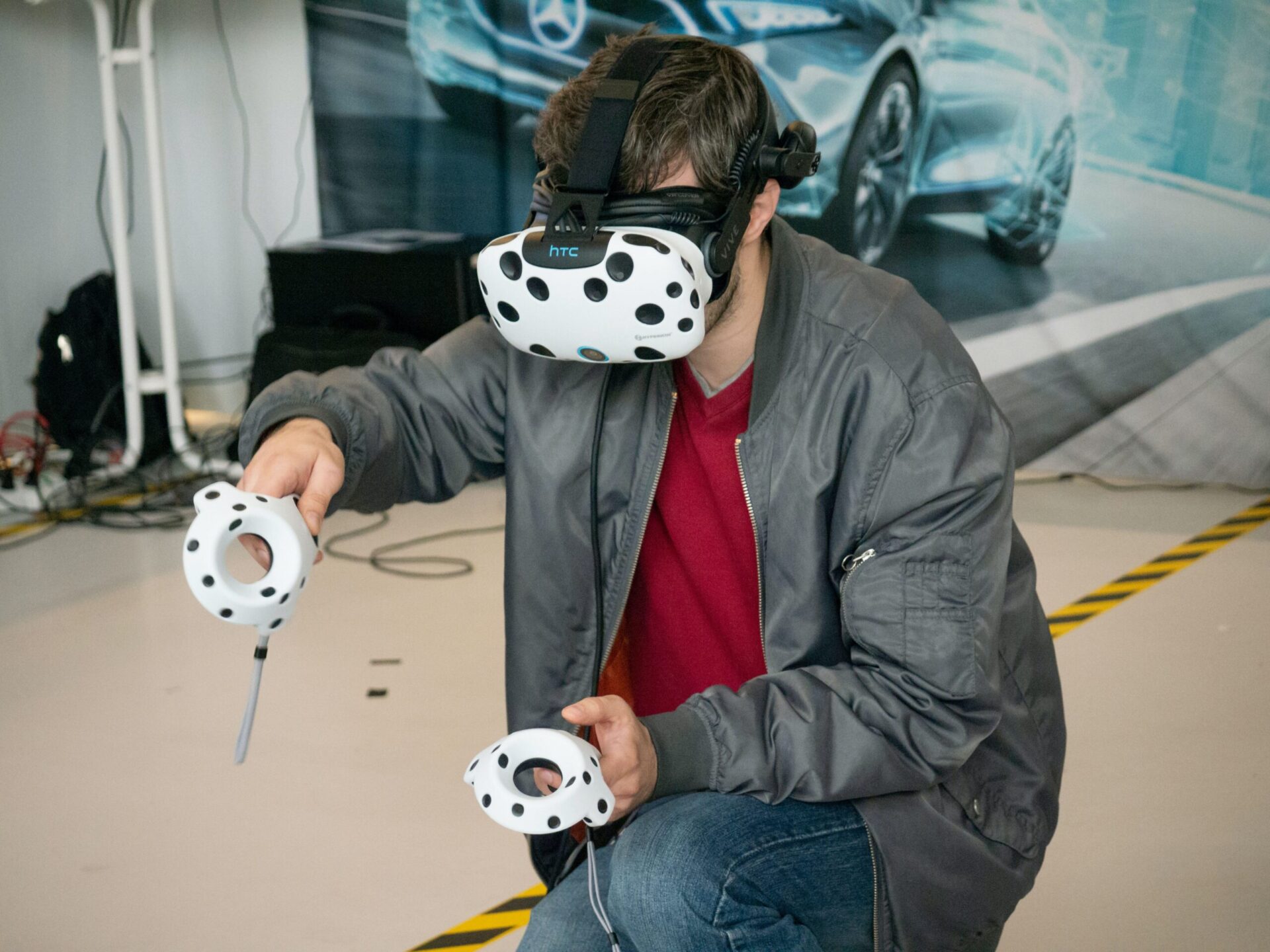
Summary:
Extended Reality (XR) technology has opened up a new realm of possibilities by blending the physical and digital worlds seamlessly. Whether it’s through Virtual Reality (VR), Augmented Reality (AR), or Mixed Reality (MR), XR offers immersive and interactive experiences across various domains. From gaming and education to healthcare and architecture, XR is transforming industries and enhancing our daily lives.
The applications of Extended Reality are expanding rapidly, and we can expect to see its integration into more industries and areas of our lives in the future. As XR continues to evolve, it will bring forth new possibilities for immersive experiences, enhanced learning, improved healthcare outcomes, and innovative ways to interact with the world around us.




